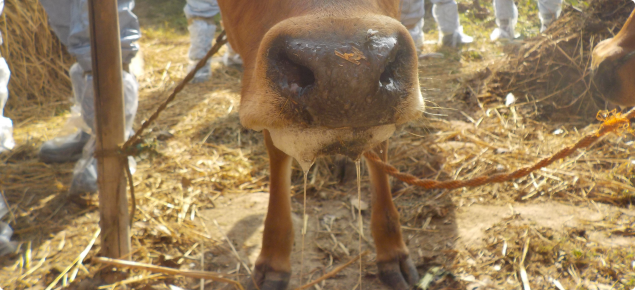Monthly Archives: April 2014
118.WHERE DID ELEPHANTS ORIGINATE?
Thousands of years ago, many kinds of giant monsters roamed about the great forests then covering the earth. Even though these beasts were immense in size, they were not able to endure the hardships they had to undergo, brought about by changing climate and disappearance of food.
One by one they perished, until of all those huge animals, there are only two species remaining, the African and Asiatic elephants. The ancestors of the elephant were great monsters, known as “mammoths.” Their skeletons can be seen in museums, and they are quite awesome sights! Their bones have been dug up in caves and river beds in North America and Europe. In far-off Siberia, the carcass of one was found frozen hard in ice, perfectly preserved even to its eyes!
117.WHAT’S THE DIFFERENCE BETWEEN A TURTLE AND A TORTOISE?
Turtles, tortoises, and terrapins all belong to a group of four-legged reptiles that have hard outer shells, scaly skins, and horny beaks. Most people use the three words—turtle, tortoise, and terrapin—interchangeably. Scientists, however, sometimes make this distinction: a turtle is a sea reptile; a tortoise is a land reptile; and a terrapin is a fresh-water reptile.
It is correct to call all three turtles. They all breathe air through lungs and have shells that are made up of a “bony box” covered with horny plates or with soft skin. These shells are divided into two parts. One part covers the back; the other covers the underpart of the turtle’s body. Through the openings between the two parts, the turtle can thrust out its head, neck, tail, and legs.
116.WHAT IS HOOF-AND-MOUTH DISEASE?
If you live on a farm or have anything to do with cattle, then you’ve probably heard people talk about this disease, also called foot-and mouth disease. It is a highly contagious disease that affects practically all cloven-footed animals.
When an animal gets this disease, it develops blisters on the tongue and lips and around the mouth, on parts of the body where the skin is thin, and between the claws of the feet.




